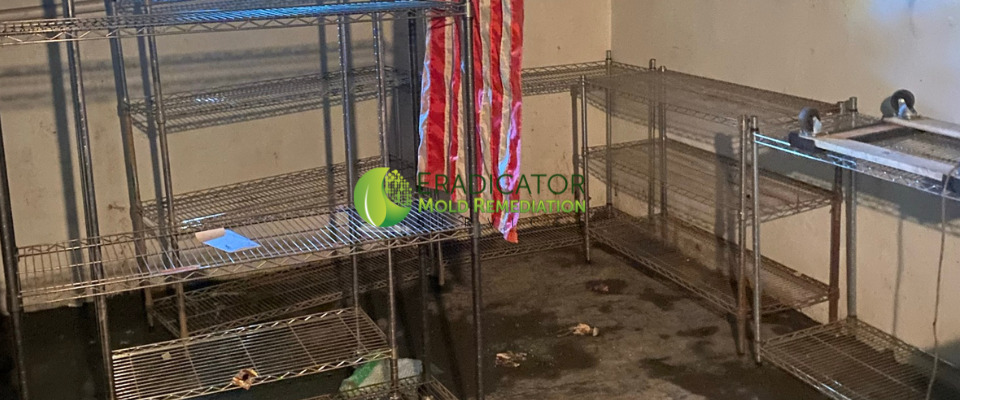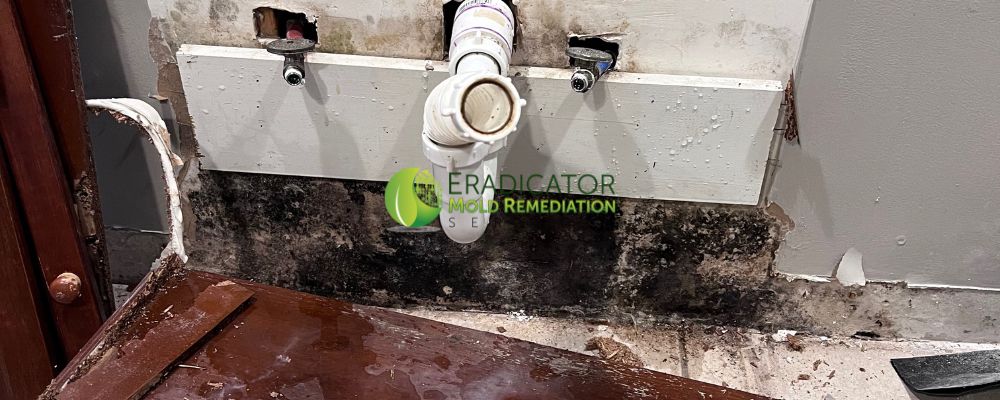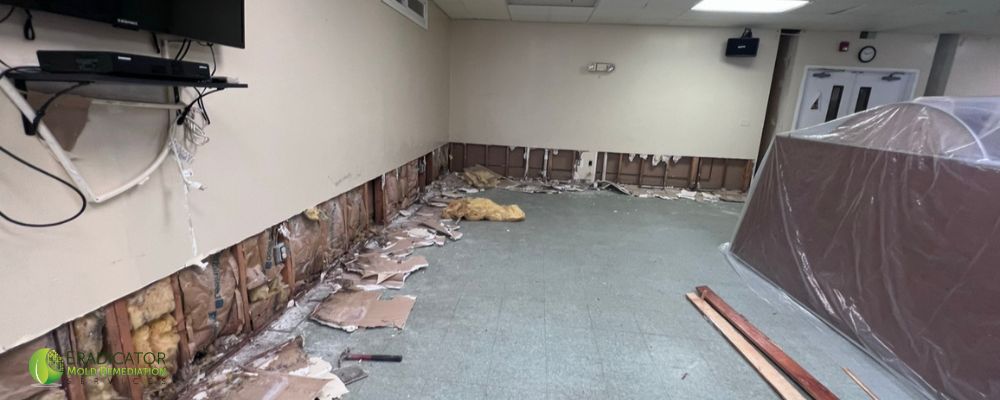“Is this covered by Insurance?” is a question often posed to Eradicator inspectors by clients…
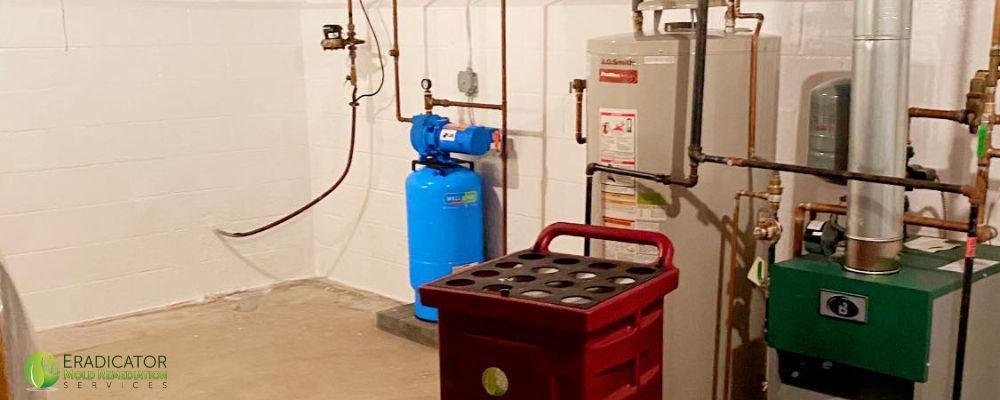
Mold FAQ
The information below are common questions and answers regarding Mold FAQ.
What is Mold?
Mold is a fungus that is naturally found indoors and outdoors. The purpose of mold is to break down dead and decaying organisms and recycle as nutrients onto the earth.
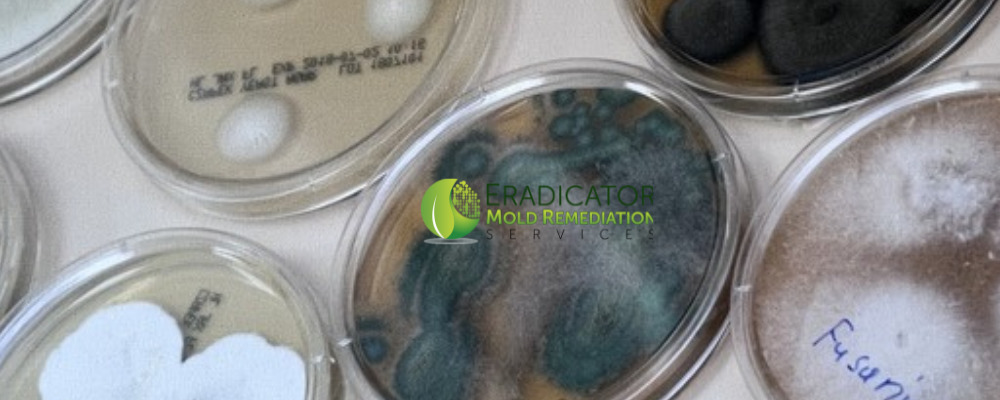
Can my establishment be Mold free?
No, mold is a natural occurrence that is a part of our ecosystem, it is impossible to have an establishment that is mold free. The aim is to not have an abnormal mold activity. This is done by ensuring that the levels of mold inside the property is not significantly higher than they are outside.
Are all Mold dangerous?
It depends. Mold produce toxins which maybe hazardous to your health and maybe fatal if the amount you are being exposed to is at a concentrated level. Children, pets, older adults and individuals with health issues such as allergies with symptoms such as asthma are extremely susceptible.
How does Mold enter the body?
Mold produce mycotoxins, they are microscopic and can be airborne. They enter the body through

What does Mold need to develop?




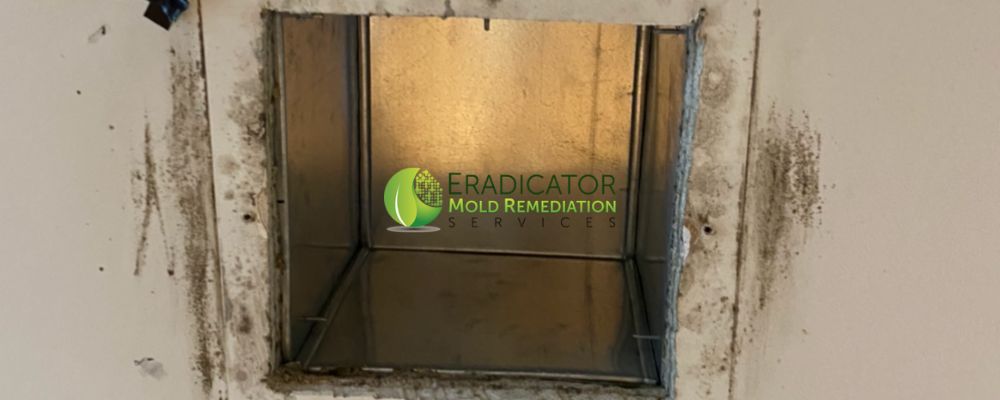
How do I prevent Mold from flourishing?
Water intrusion is a major factor that if controlled will prevent mold from establishing a strong hold within your premises. It is suggested that a continuous thorough inspection of one’s home will assist with the prevention of mold contamination, even though this will not prevent mold from occurring. Early detection and a proactive approach will greatly reduce the cost of remediation. Examples of such are noticing and fixing a water leak before damage is created or researching a musty smell which is an indication of microbial volatile organic compounds (MVOC), this usually is an indicator of the presence of mold.
Is Mold Testing necessary?
It depends. The EPA suggests mold testing is not required once there is visible mold growth (economical point of view). Nonetheless, testing provides a scientific proof of mold when it is not visible as well as the types of mold and the levels of such. Testing is effective as it provides concrete evidence of what is unseen as well as symptoms and health effects posed from evidence found.
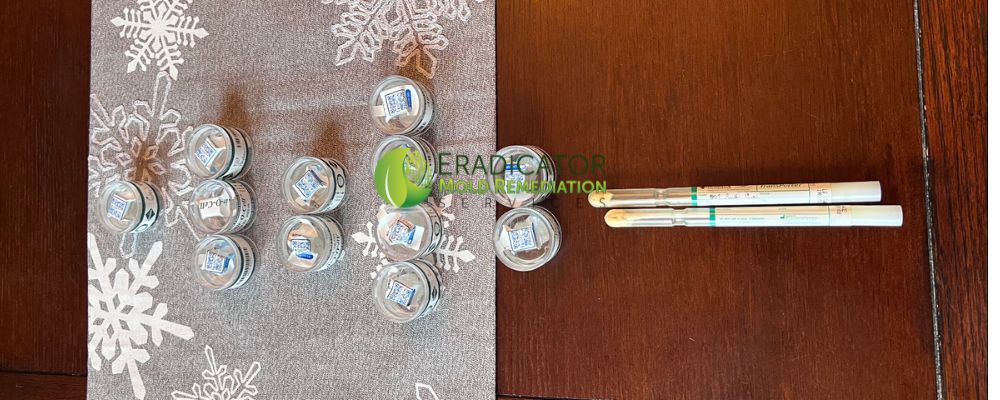
Efflorescence is not mold:
Efflorescence is a white powdery substance that you will find on masonry such as cinder blocks within an establishment. It may often be mistaken for mold but actually are minerals within the blocks. These minerals are remnants of water intrusion that has evaporated after making its way to the surface of the semi porous material. Similar to mold activity this is a sign that water intrusion is occurring and is an indication that one should take the necessary steps to resolve.
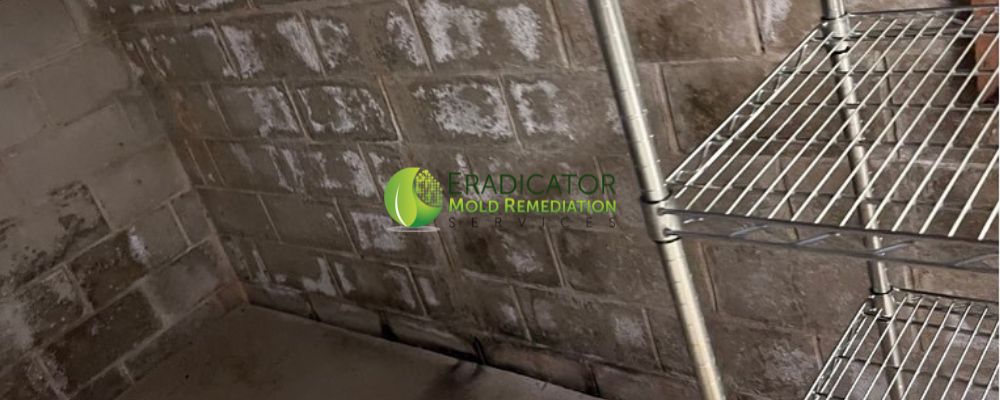
Additional information may be found at the New Jersey Department of Health Mold Guidelines

